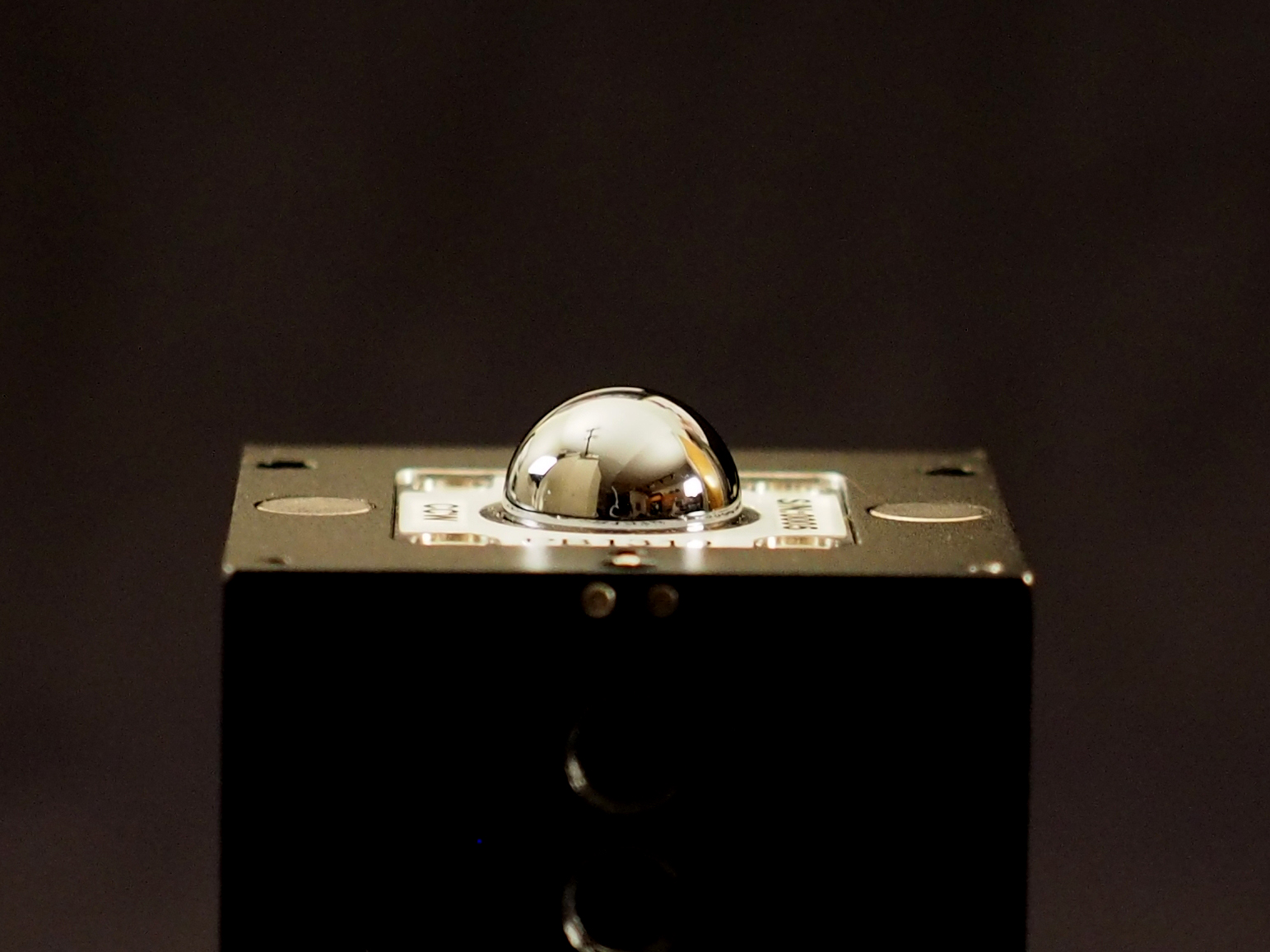“Because of our focus on this, we have continued to decrease the size, complexity and cost of our systems. This winter, we plan to release our latest version of a portable THz spectrometer; the PB7300,” added Dr. Demers. “These are still general-use instruments, but are a major step forward in our goal to produce application-specific spectroscopic THz sensors that cost under $10k in volume.”
As part of the continuing Phase II NSF work, the new PB7300 frequency domain THz spectrometer will feature ceramic-bodied, hermetic photomixers with adaptable optics, a new laser control unit that measures only 20cm x 20cm x 5cm and has a mass of around 2kg. The PB7300 will be designed to easily integrate with our new lightweight, multi-pass sample cells. All of these changes will result in an extremely adaptable, portable, rugged THz spectrometer that can be used for a variety of applications including pollution monitoring, gas sensing and biologicals detection. Given the recent discoveries surrounding the interaction of THz radiation and COVID-19, the easy-to-mass-produce PB7300 could open doors to pre-screening processes on a wider scale.
Original post https://alertarticles.info


